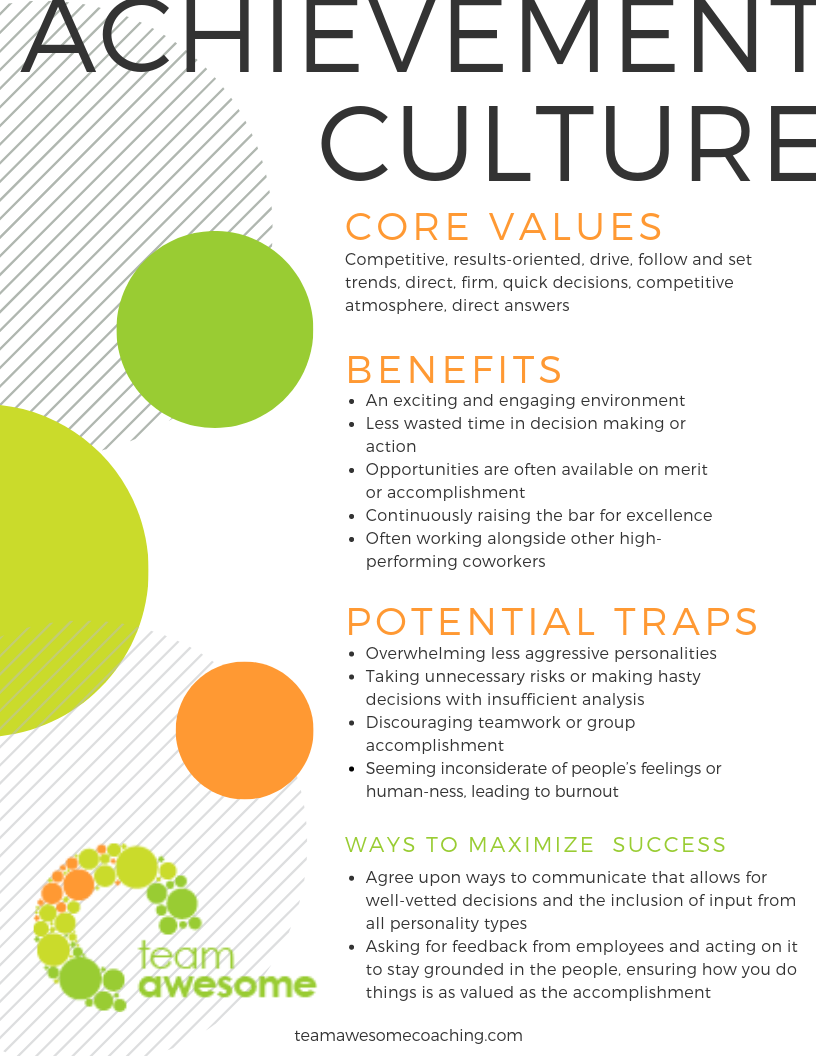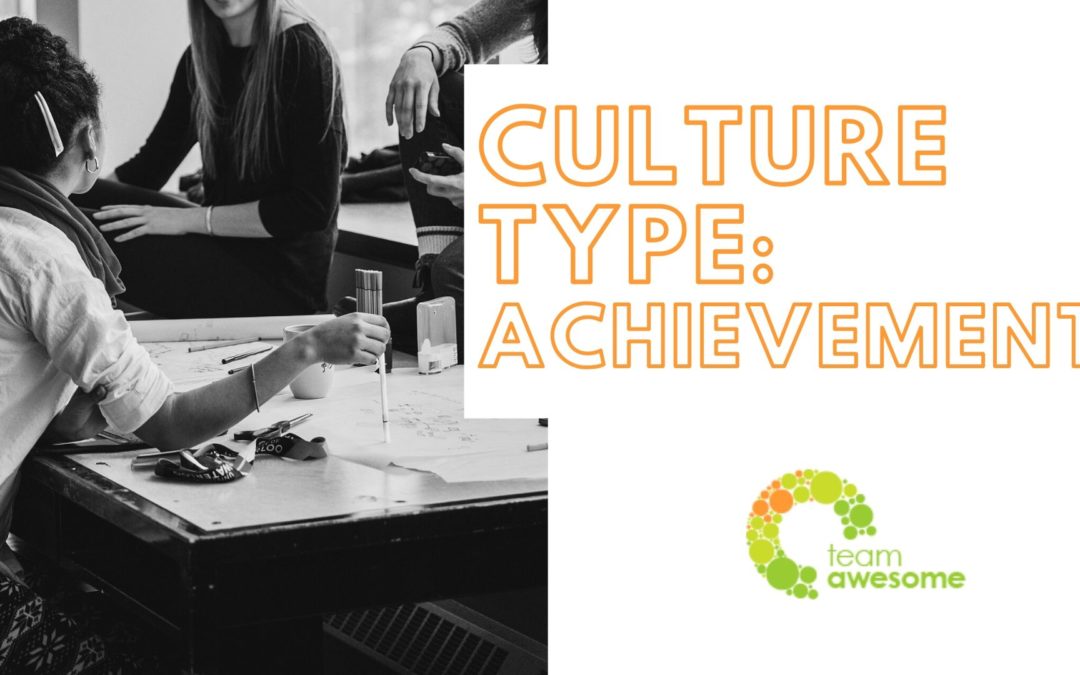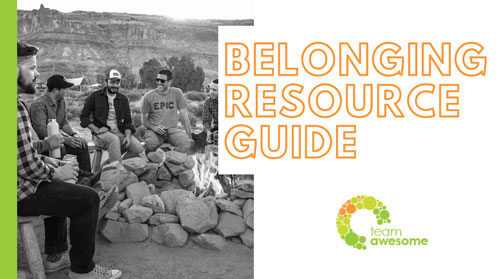As many of you are examining your culture this year, I wanted to offer you some broader perspective of what your company culture might look and feel like to your teams, and offer some very intentional ways to continue to develop your team culture into what you want to be. First, let’s cover a few principles to keep in mind when it comes to culture.
- EVERY organization of every size has a culture. It naturally exists, whether you are aware of it or not or whether you are doing anything about it or not. We must first come to terms with the fact that the question is not “if” you have a culture, but “what” that culture looks like.
- Every type of culture has some pros and cons. Just like as individuals, we cannot be all things to all people. The key is to have awareness of what type of culture your organization has, and then choose how you want to lean into your strengths or mitigate where you are getting stuck. No type is good or bad, better or worse.
- Leadership of the organization plays a large role into how the culture shows up. When you think of what type of culture your company has, think bigger picture in the overall sense, not just for your immediate business unit. Every organization will have elements of all culture types (and leaders with varying styles), but tend to have a primary culture type.
Here we have simplified styles into four culture types. Have fun, and hopefully this will provide you with some ideas and introspection about where to go next to cultivate your company culture with intention.
Here is one of the four culture types that we are focusing on today.
Achievement Culture
Achievement cultures are often very results-oriented with a drive to be the best. They often love to be competitive and move quickly to set trends. Achievement cultures often have a more direct or firm communication style, often to support quick decisions and taking quick action. Accomplishments are often celebrated and opportunities are presented based on merit and goal achievement.
Some of the benefits of an Achievement culture include:
- An exciting and engaging environment
- Less wasted time in decision making or action
- Opportunities are often available on merit or accomplishment
- Continuously raising the bar for excellence
- Often working alongside other high-performing coworkers
An Achievement culture might be getting stuck in these traps:
- Overwhelming less aggressive personalities
- Taking unnecessary risks or making hasty decisions with insufficient analysis
- Discouraging teamwork or group accomplishment
- Seeming inconsiderate of people’s feelings or human-ness, leading to burnout
If this sounds like your culture, here are a few things you might try to overcome roadblocks:
- Agree upon ways to communicate that allows for well-vetted decisions and the inclusion of input from all personality types
- Asking for feedback from employees and acting on it to stay grounded in the people, ensuring how you do things is as valued as the accomplishment
Resources:
Enjoy these links to articles that will help you to:
- Improve the “how” and “what” of communication
- Balance out your high-performance culture
- Practice ways to slow down and improve listening
Looking for some solutions to help your team?
- Try the Managing Your Energy keynote to help leaders manage their energy to prevent burnout
- For a more in-depth solution, check out the Culture Clinic program
Thanks for checking out our culture types and resources! Interested in seeing the other types? Check them out here:
Watch for my upcoming posts on these cultures:
- Traditional
About the author:
Katie Rasoul is the Chief Awesome Officer for Team Awesome, a leadership coaching and culture consulting firm. She is a TEDx speaker alumna, author of the best-selling book, Hidden Brilliance: A High-Achieving Introvert’s Guide to Self-Discovery, Leadership and Playing Big, and co-host of The Life and Leadership Podcast.
Find out more by visiting www.teamawesomecoaching.com or join the Team Awesome Community for awesomeness coming straight to your inbox. Follow Team Awesome on Instagram, Facebook and Twitter.




Recent Comments